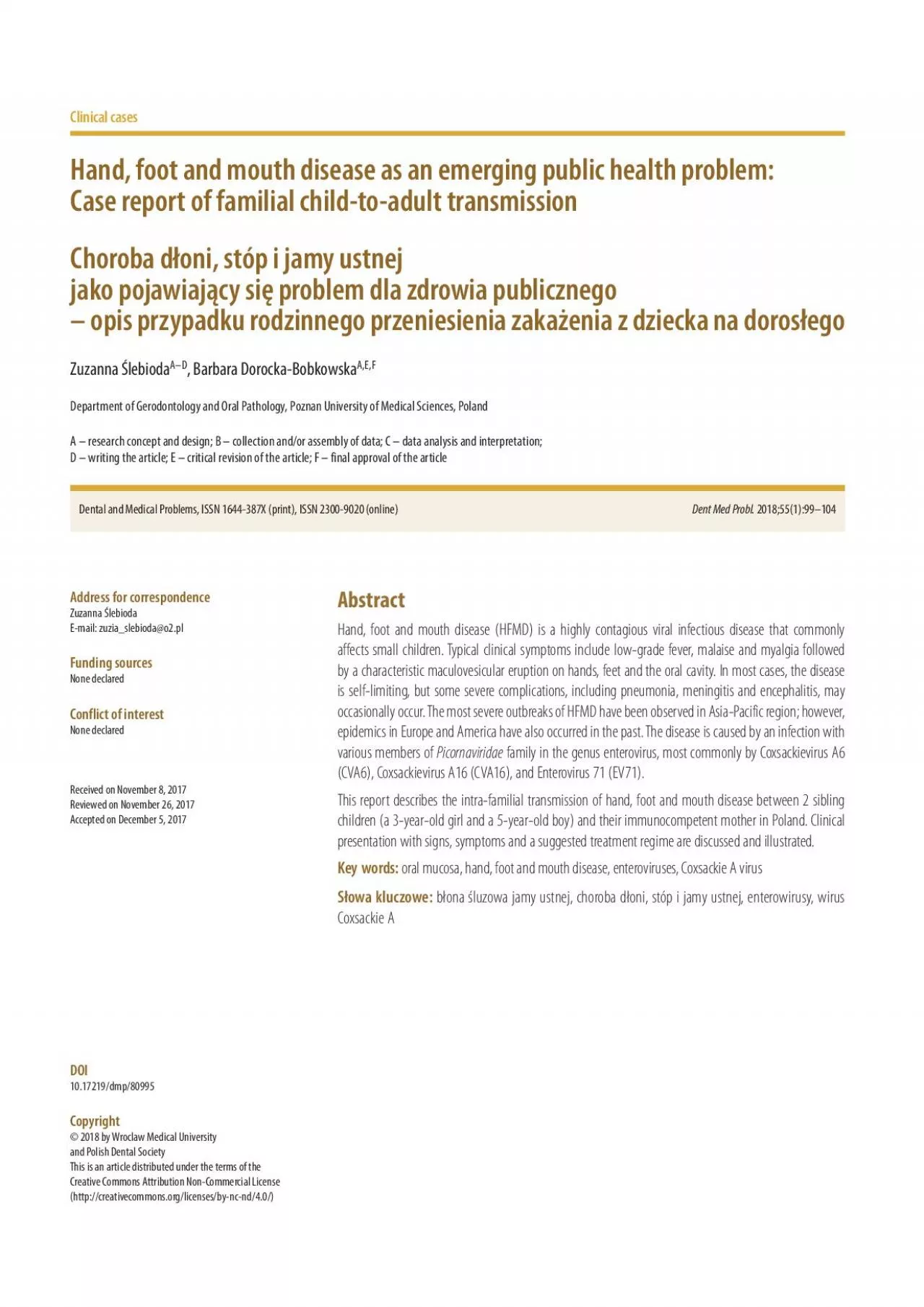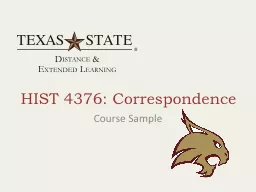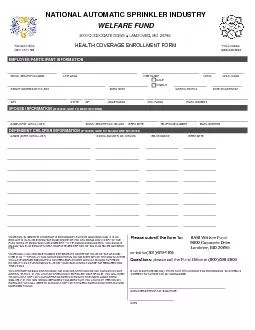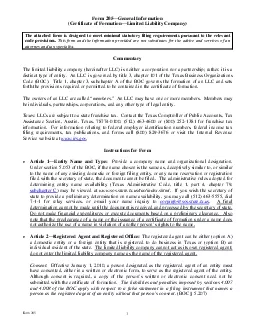PDF-Address for correspondence
Author : jacey | Published Date : 2022-10-13
Zuzanna lebioda None declared Conflict of interest None declaredReceived on November 8 2017Reviewed on November 26 2017Accepted on December 5 2017 Abstract Hand
Presentation Embed Code
Download Presentation
Download Presentation The PPT/PDF document "Address for correspondence" is the property of its rightful owner. Permission is granted to download and print the materials on this website for personal, non-commercial use only, and to display it on your personal computer provided you do not modify the materials and that you retain all copyright notices contained in the materials. By downloading content from our website, you accept the terms of this agreement.
Address for correspondence: Transcript
Download Rules Of Document
"Address for correspondence"The content belongs to its owner. You may download and print it for personal use, without modification, and keep all copyright notices. By downloading, you agree to these terms.
Related Documents














